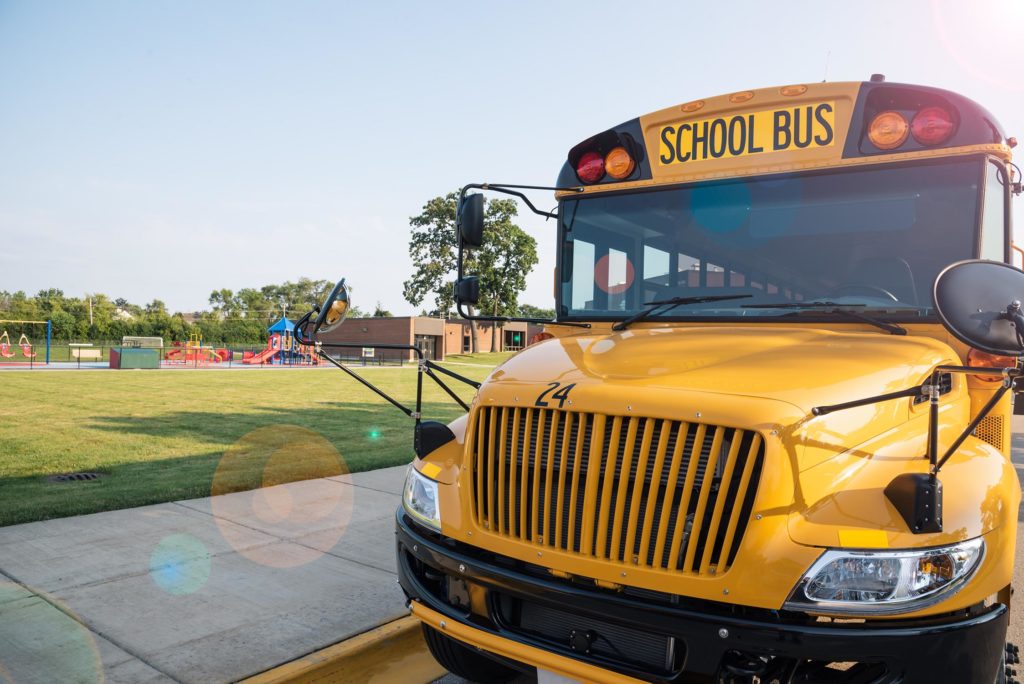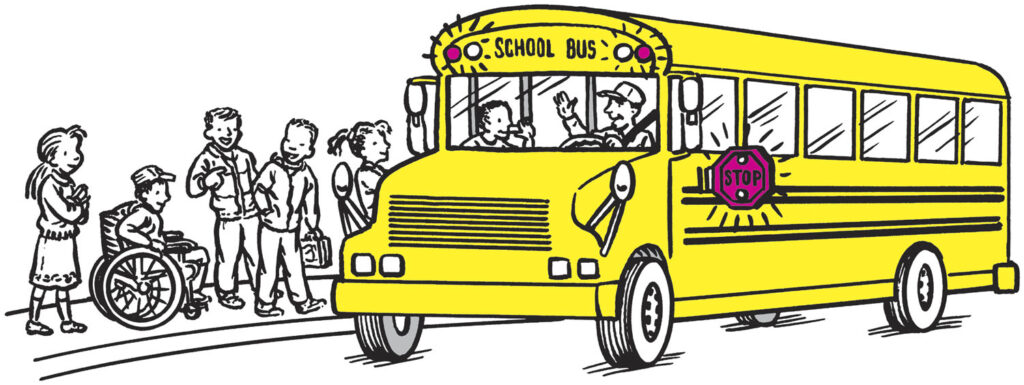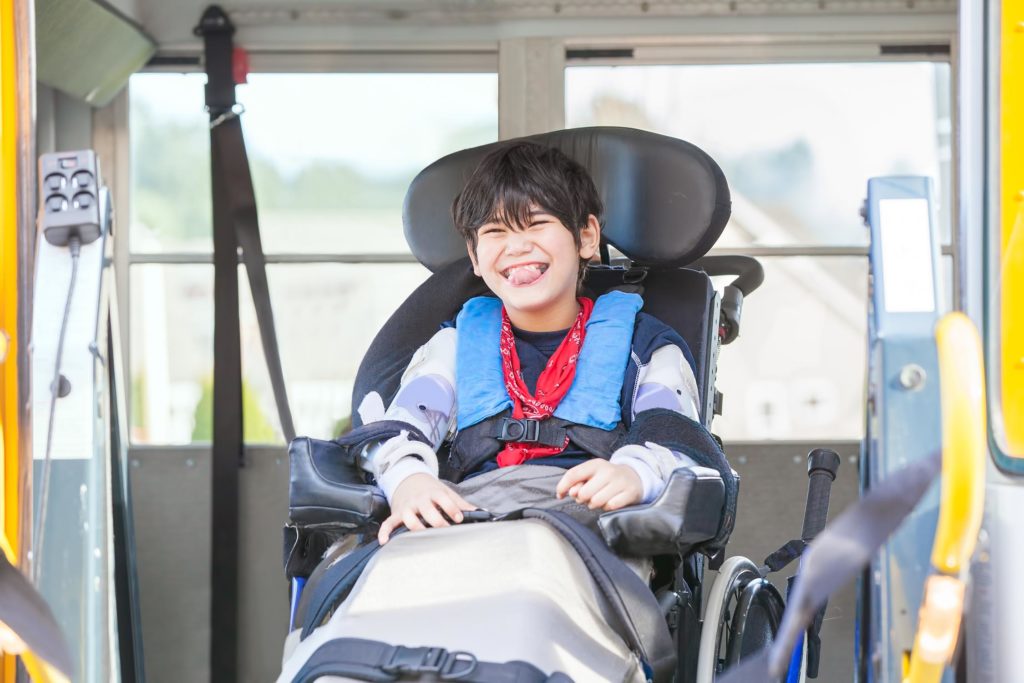Special needs

Selecting a Car Seat for a Child with Special Health Care Needs
“The best car seat is one that fits the child, fits the vehicle, and that the caregiver can use correctly every time.”
All children should be secured in a car seat, booster seat, or seat belt that provides the best protection in a crash. A child who has a temporary or long-term health care need should be assessed to determine an appropriate car seat based on the individual needs of the child. Select a conventional car seat, when possible, for a child with special health care needs following best practice recommendations. A conventional car seat provides child crash protection and is readily available and less expensive. Car seats that offer higher weight limits may meet the positioning needs of children who need additional physical or developmental support. A specialized car seat is needed when a conventional car seat, booster seat, or seat belt does not provide adequate protection to meet the child’s special health care needs. Specialized car seats and booster seats must be obtained through a medical supply company.
Selecting the Right Car Seat: Car seats and booster seats should be selected based on a child’s:

- Age
- Weight
- Height
- Physical and Developmental Needs
Selecting a specialized car seat should be done in collaboration with the child’s medical team.
Individual Educational Plan and Transportation for Children
The Individualized Educational Plan (IEP) is a plan or educational program developed for children in elementary or secondary school to ensure that a child who has a disability receives specialized instruction and related services. Related services are those services which may be needed for a child with a disability to benefit from special education. For students with an IEP, transportation is considered a “related service.” Transportation includes:

- Travel to and from school and between schools (or another location where services are delivered)
- Travel in and around school buildings, and
- Specialized equipment (such as special or adapted buses, lifts and ramps), if required, to provide special transportation for a child with a disability.”
Since transportation is a related service that assists the student in accessing the educational plan, it is essential that school transportation personnel be consulted and included in the IEP meeting. It is in the best interest of the student for special education and transportation personnel to maintain open communication when determining the safest and most practical form of transportation for that student. Many school districts include a representative from transportation on the IEP Team. It may expedite the process to develop a transportation checklist. (A Transportation Checklist example is provided as a website resource below.)
Transportation must be provided to allow the student to take part in nonacademic and extracurricular activities in the manner necessary to afford the student an equal opportunity for participation in those services and activities to the maximum extent appropriate. The IEP must set forth when transportation is needed and how transportation services will be executed. The principle of least restrictive environment (LRE) applies to transportation as well as educational placement. Thus, many students will ride on the same bus as their peers, with whatever additional supports are appropriate.
Medically fragile students or students with complex disabilities require extensive team planning. These students may be riding in wheelchairs or require adaptive equipment while being transported. Most IEP Teams will confer with the student’s physical or occupational therapist for specialized seating and handling procedures although many parents have requested input from their child’s pediatrician. This medical advice and counsel are appropriate when preparing an effective plan that guarantees coordinated services for the student. Pediatricians are also in a crucial position to screen, identify and refer children who would benefit from early intervention programs within their community.
Website Resources
- American Academy of Pediatrics Product Listing
- Conventional and Specialized Child Safety Restraints for Children with Special Health Care Needs
- NHTSA: Guideline for the Safe Transportation of Pre-school Age Children in School Buses
- A Guide to the Individualized Education Program
- Head Start: Transporting Children with Disabilities
- Head Start: Transportation Services Checklist
- UMTRI: Transportation Review Checklist
